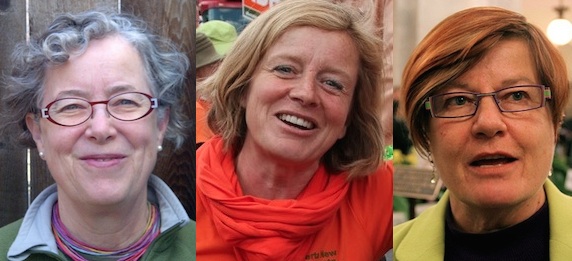Photo: Women in Alberta Politics: Shannon Phillips, Cheryle Chagnon-Greyeyes, Rachel Notley, Leela Aheer, and Sarah Hoffman.
In honour of International Women’s Day, today’s candidate update focuses specifically on the total number of women nominated to run for Alberta’s political parties in the upcoming provincial election. Women make up the majority of our population, but they rarely come even close to being the majority in electoral politics.
The only woman leading a major political party in Alberta is Premier Rachel Notley of the New Democratic Party. Notley is also currently the longest serving woman in the Assembly, having been first elected as the MLA for Edmonton-Strathcona in 2008, and re-elected in 2012 and 2015. The second longest serving woman MLA currently in the Legislature is Sandra Jansen, who was elected as MLA for Calgary-North West in 2012.
Green Party leader Cheryle Chagnon-Greyeyes is the first Indigenous woman to lead a political party in Alberta. She has been nominated as her party’s candidate in Calgary-Varsity.
Marilyn Burns leads the Alberta Advantage Party.
And Naomi Rankin has the distinction of being both the first and longest serving woman leader of a registered political party in Alberta. Rankin has led the Communist Party of Alberta since 1992.
There are currently 29 MLAs who identify as women serving in the Alberta Legislature (33%), up from the previous record of 23 women MLAs (27%) in 1998. Forty-eight per cent of NDP MLAs elected in 2015 were women, and, in 2016, the majority of Alberta cabinet ministers were women.
With the next election expected to be called in the next few weeks, Alberta’s political parties are still in the process of nominating candidates. Here is a look at how many women have been nominated so far:
The NDP has nominated the most women candidates of the political parties contesting the 2019 election with 42 women (53%) out of 79 candidates already nominated to stand in the upcoming election. In 2015, the NDP nominated 45 women (51%) in their slate of 87 candidates.
The United Conservative Party has nominated 27 women (32%) out of the 83 candidates already nominated to run in the next election as of today. The UCP’s predecessor parties, the Progressive Conservative Party nominated 21 women candidates (24%) and the Wildrose Party nominated 16 women candidates (18%) in 2015.
The Alberta Party has nominated 22 women (30%) in their slate of 71 candidates nominated as of today. And the Liberal Party, with 26 candidates currently nominated, has nominated 10 women candidates (38%). Eight of the 17 candidates currently nominated by the Green Party are women (47%).
The Freedom Conservative Party slate of 11 candidates includes no women, and the Alberta Advantage Party has nominated 1 woman candidate out of 9 nominated candidates as of today.
Number of women candidates by party in the previous 3 elections
2019 election (as of March 8, 2019)
NDP: 42 of 79 – 53%
Green Party: 8 of 17 – 47%
Liberal: 10 of 26 – 38%
UCP: 27 of 83 – 32%
Alberta Party: 22 of 71 – 30%
Alberta Advantage Party: 1 of 9 – 11%
Freedom Conservative: 0 of 11 – 0%
2015 election
NDP: 45 of 87 – 51%
Alberta Party: 9 of 36 – 25%
PC: 21 of 87 – 24%
Liberal: 11 of 56 – 19%
Wildrose: 16 of 86 – 18%
2012 election
NDP: 40 of 87 – 45%
Alberta Party: 6 of 21 – 28%
PC: 22 of 87 – 25%
Liberal: 18 of 87 – 20%
Wildrose: 11 of 87 – 12%
2008 election
NDP: 38 of 83 – 45%
Liberal: 22 of 82 – 26%
PC: 17 of 83 – 20%
Wildrose: 6 of 61 – 9%


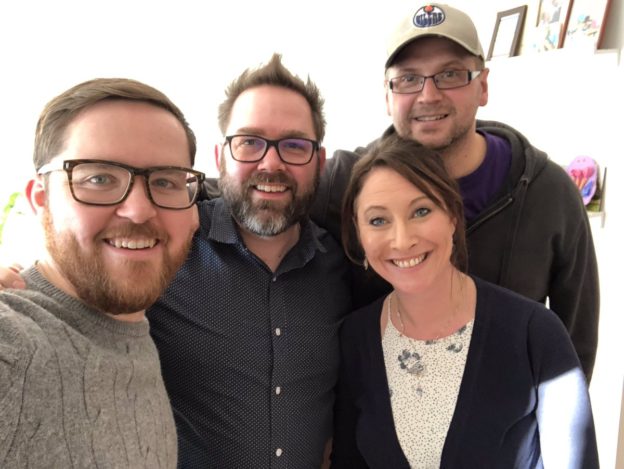


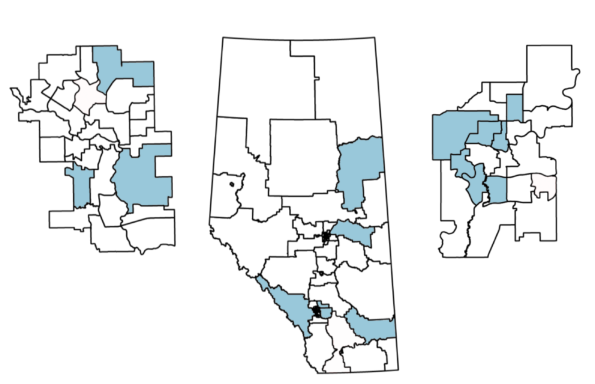

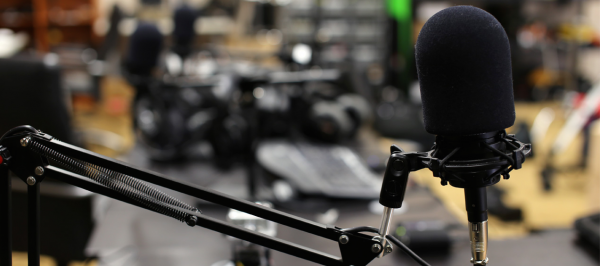
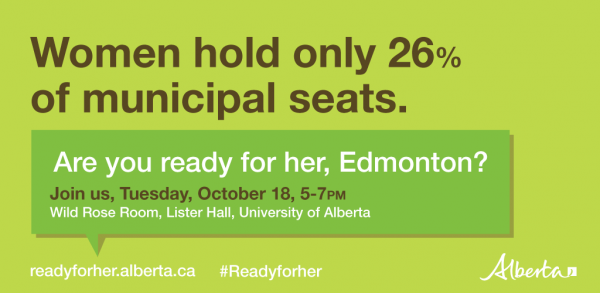
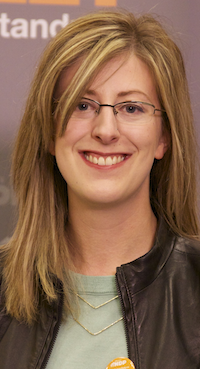
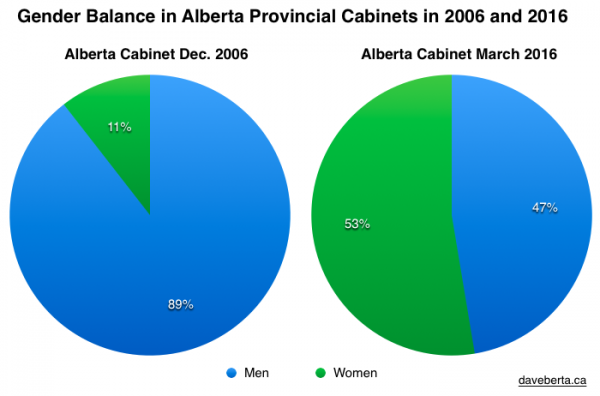
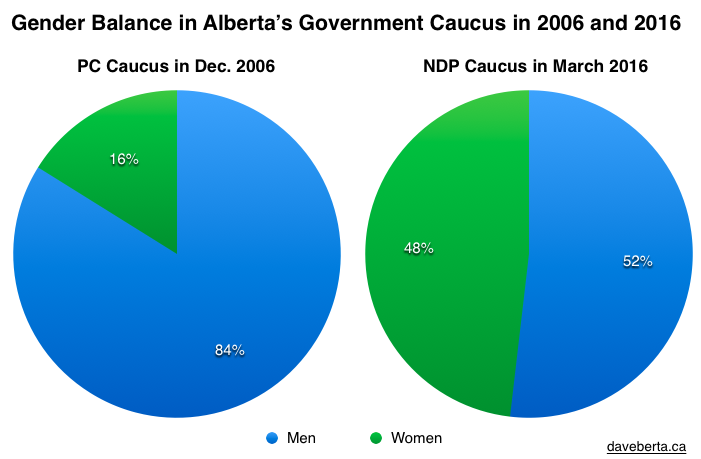 Because of the 2015 election, Albertans witnessed a dramatic increase in the number of women represented in the highest offices of our province. Nearly half, twenty-six of the fifty-four NDP MLAs are women, the highest percentage in Alberta’s history.
Because of the 2015 election, Albertans witnessed a dramatic increase in the number of women represented in the highest offices of our province. Nearly half, twenty-six of the fifty-four NDP MLAs are women, the highest percentage in Alberta’s history. 